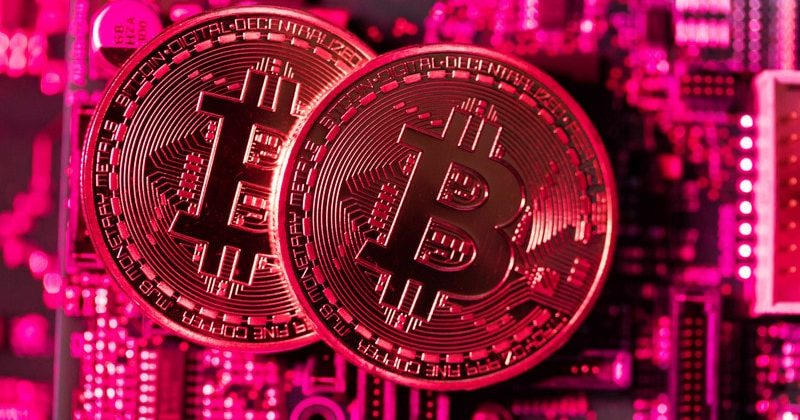Crypto currecis have been a big boom over the past ten years. Bitcoin’s first decade has been crumbed with a lot of interesting events.
Satoshi Nakamoto started creating Bitcoin in 2007 and published the first whitepaper on 31st October 2018. In 8 pages only, Satoshi explains how the Byzantine General’s theory can be solved.
In the early days of Bitcoin, when the mining of the genesis block was completed on 3rd January 2009. Satoshi held communications with people like Mike Hearn, Gavin Andresen, and Hal Finney.
Where they discussed the network. They discussed many things on a forum formed by Shitoshi, known as BitconTalk.org.
Let’s look at some of the top events on bitcoin’s first decade.
The first transition in bitcoin’s first decade
Nakamoto sent the first BTC transaction to Hal Finney after the mining of the genesis block was completed. This was after 9 days. Note that Hal Finney is a cryptographer who established evidence of the work system even before the existence of Bitcoin.
Wikileaks accepting Bitcoin
In 2011, Wikileaks announced that they would start accepting BTC donations. In one of his posts, Satoshi mentioned Wikileaks. He pointed out that this project requires to expand gradually, and the software will be reinforced along the way. He tried to persuade Wikileaks not to use Bitcoin, claiming that bitcoin was a small beta society in its early stage.
Gavin Andresen takes over the role of chief developer from Satoshi
In 2011, Satoshi gave the network alert key and regulator of BTC code mine to Gavin Andresen. However, analysts projected that the owner had already mined 1million bitcoins.
Gavin was the chief developer of an open-source bitcoin source. This is the same guy who developed Bitcoin Foundation to educate supervisors about budding digital assets.
He got numerous invites from security agencies such as the CIA. The Bitcoin society fervently discussed his move to talk to the agency on matters concerning bitcoin.
The first-ever ASIC Miner ships

Jeff Garzik, the former Bitcoin developer, got the first Application-Specific Integrated Chips (ASIC) Bitcoin miner. The chips are created specifically to mine GPU coins.
The ASIC miners specialize in hashing Bitcoin’s cryptographic has an algorithm known as SHA-256.
Bitcoin pizza
In bitcoin’s first decade the cryptocurrency has ventured in some very interesting ventures. Laszlo Hanyecz, who made huge contributions to the making of bitcoin source code, bought a product using bitcoin. He had purchased two pizzas from Jercos. Jercos was 18 during the time of the transaction for 10,000 Bitcoin.
On 17th May 2010, Laszlo posted his bid to buy bitcoin. On 22nd May, he reported this transaction to the bitcoin society. During the moment of that offer, bitcoin was priced at $14.
The pizza index to the price of bitcoin used on buying the pizza was traded for US dollars and not pizza. The amount increased to $15.5 million in 2017 April.
22nd May of every year is recognized as Bitcoin pizza day.
The rise and fall of the Silk Road
Silk Road that is named after a famous trade route linking Europe and East Asia, was built by administrator and developer Ross Ulbricht. Over bitcoin’s first decade, the site was run as a Tor secreted service. Even though Ross agrees that he created the website, he doesn’t admit he operated it when it was working.
Mt. Gox Collapse
Before Mt. Gox was shuttered, it handled up to 70% of all BTC transactions. This Tokyo-based exchange platform had to file for bankruptcy. With an estimated value of up to $460 million during that time, 850k Bitcoins went missing, even though 200k were recovered. However, $27 million bank deposits were not accounted for.
2013 Unintended Bitcoin Fork
In 2013, the Bitcoin blockchain temporarily was divided into 2 separate chains with various regulations because of the bug in 0.8 version of the software.
Merchants, users, and miners operate a new and divergent Bitcoin version. Both the new and old versions weren’t compatible. Miners using the latest version of 0.8.0 were required to go back to the old version 0.7.
The Bitcoin developers launched the 0.8.1 version to prevent the creation of blocks that are not compatible with the old version.




